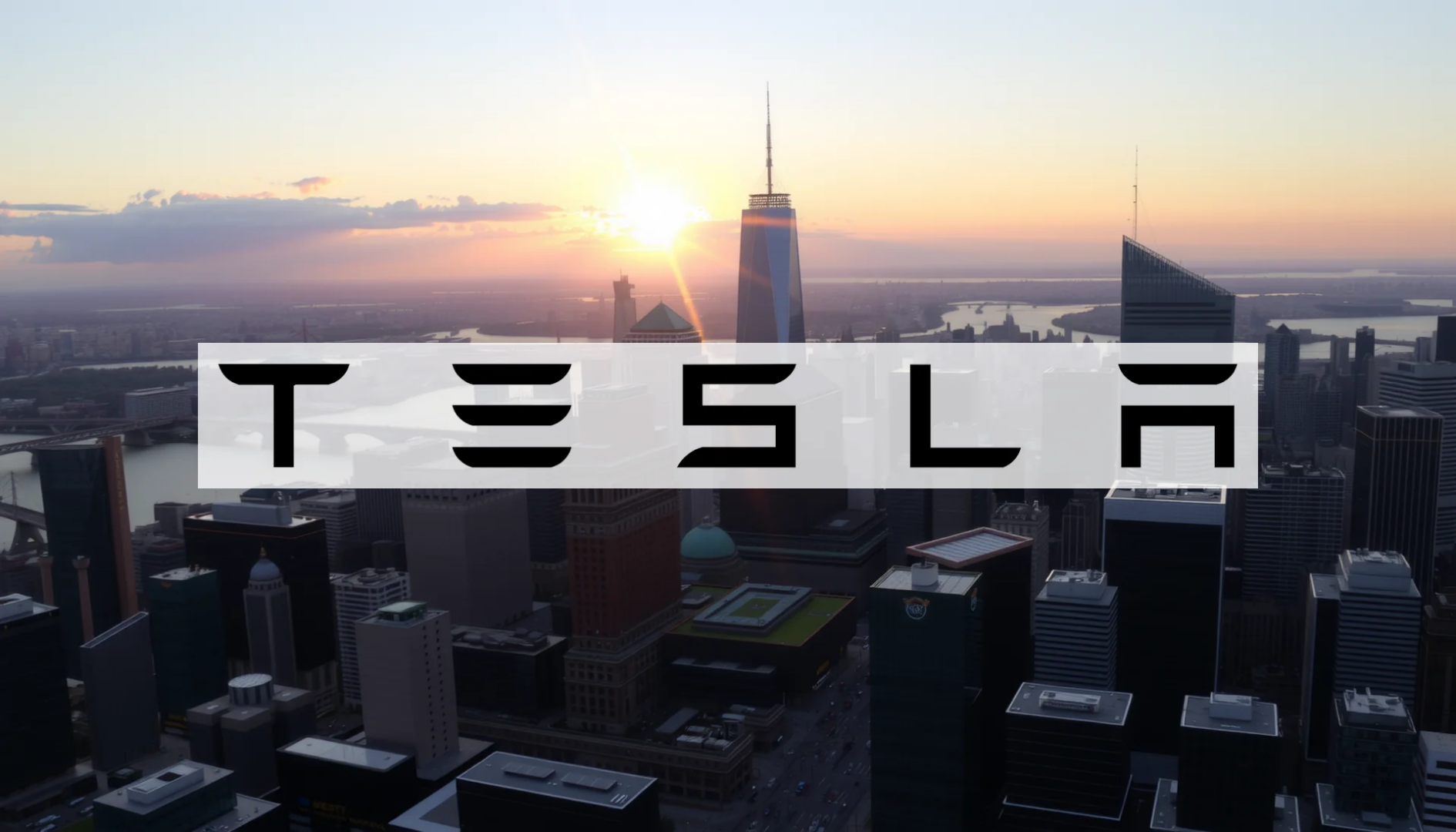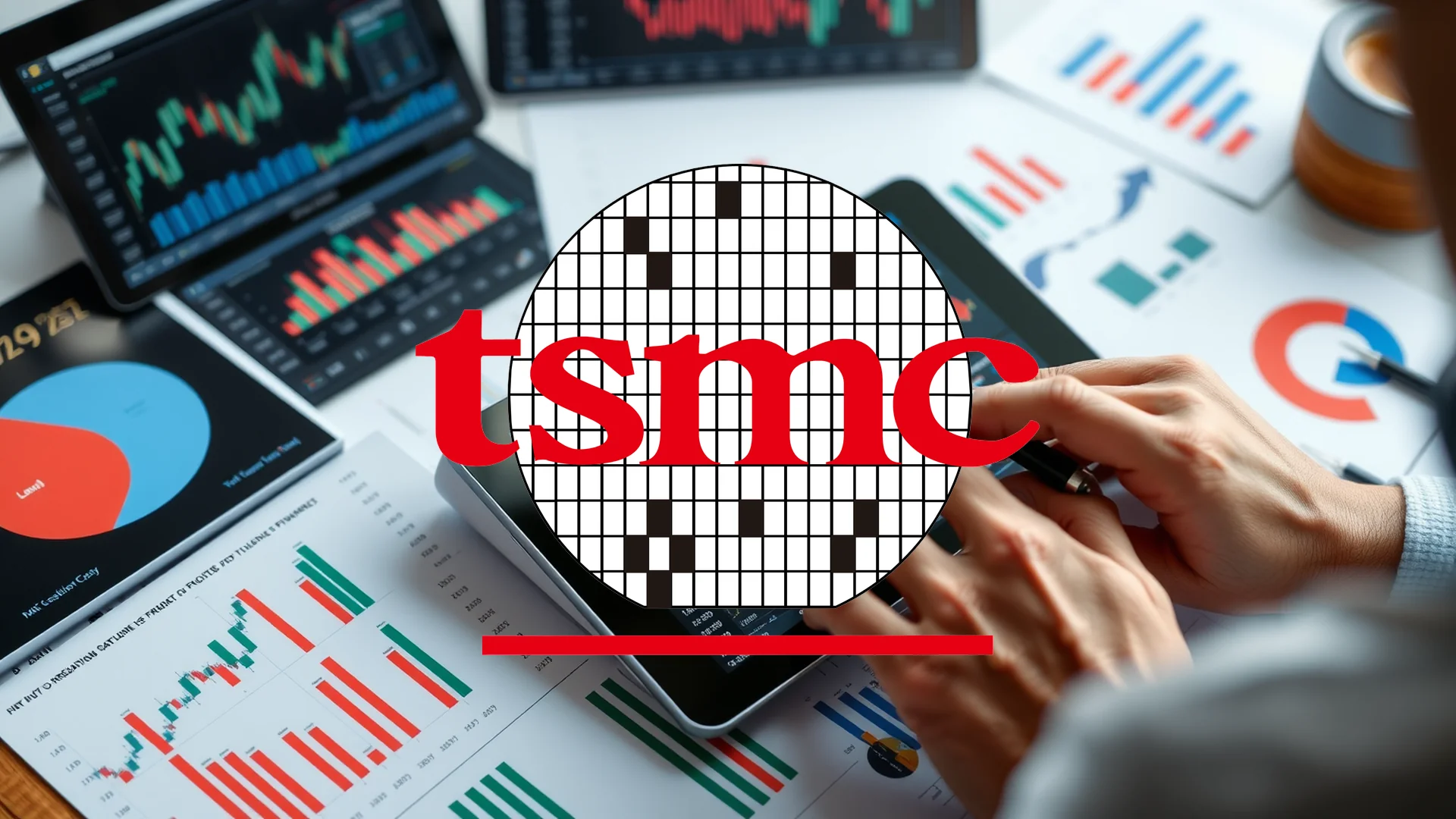Tesla is navigating one of its most challenging periods in recent memory. Just as the electric vehicle maker celebrated new delivery records, multiple U.S. regulatory agencies have launched significant investigations into the company’s operations. The primary focus centers on Tesla’s Full Self-Driving technology, with allegations that could substantially impact the company’s autonomous driving objectives.
Federal Safety Agency Escalates FSD Scrutiny
On October 9, the National Highway Traffic Safety Administration initiated a sweeping probe covering 2.88 million Tesla vehicles. This regulatory action follows 58 documented incidents involving the Full Self-Driving system, including 14 crashes that resulted in 23 injuries.
Particularly concerning are six specific cases where Tesla vehicles operating with FSD engaged proceeded through red traffic signals, leading to intersection collisions. The NHTSA stated unequivocally that the system “has produced vehicle behavior that violates traffic laws.”
Federal investigators allege the technology causes vehicles to run red lights and execute improper lane changes against the flow of traffic. Should regulators determine these vehicles present an unreasonable safety risk, this investigation could culminate in a formal recall order.
Investor Reaction to New Models Turns Negative
Amid growing regulatory pressures, Tesla attempted to stimulate demand on October 7 by introducing more affordable versions of its bestselling vehicles. The company now offers Model Y and Model 3 variants priced at $40,000 and $37,000 respectively—representing approximately $5,000 reductions from previous entry-level pricing.
Should investors sell immediately? Or is it worth buying Tesla?
Market participants responded negatively to this strategic move. Tesla’s stock declined more than 4% following the announcement as analysts criticized the stripped-down features. These new configurations include fabric seats, fewer speakers, and reduced sound insulation.
Future Fund’s Gary Black captured the prevailing skepticism: “The generated volume will primarily represent cannibalization of higher-priced versions.” Many observers interpreted the move not as genuine innovation but as an attempt to boost sales following the expiration of federal subsidies at September’s end.
Mounting Regulatory Challenges Across Operations
The FSD investigation represents just one front in Tesla’s regulatory battles. California’s insurance commissioner initiated enforcement actions against Tesla Insurance on October 3, citing alleged deficiencies in claims handling procedures.
The allegations include delayed claim payments and inadequate responses to consumer inquiries. These developments compound the regulatory hurdles facing a company that has heavily staked its future on autonomous driving technologies.
With its quarterly earnings report scheduled for October 22, Tesla faces the difficult task of reassuring investors despite mounting regulatory concerns. While the company’s record third-quarter deliveries of 497,099 vehicles provide a positive data point, the central question remains whether Tesla can advance its autonomy ambitions against increasing regulatory headwinds.
Ad
Tesla Stock: Buy or Sell?! New Tesla Analysis from November 28 delivers the answer:
The latest Tesla figures speak for themselves: Urgent action needed for Tesla investors. Is it worth buying or should you sell? Find out what to do now in the current free analysis from November 28.
Tesla: Buy or sell? Read more here...









